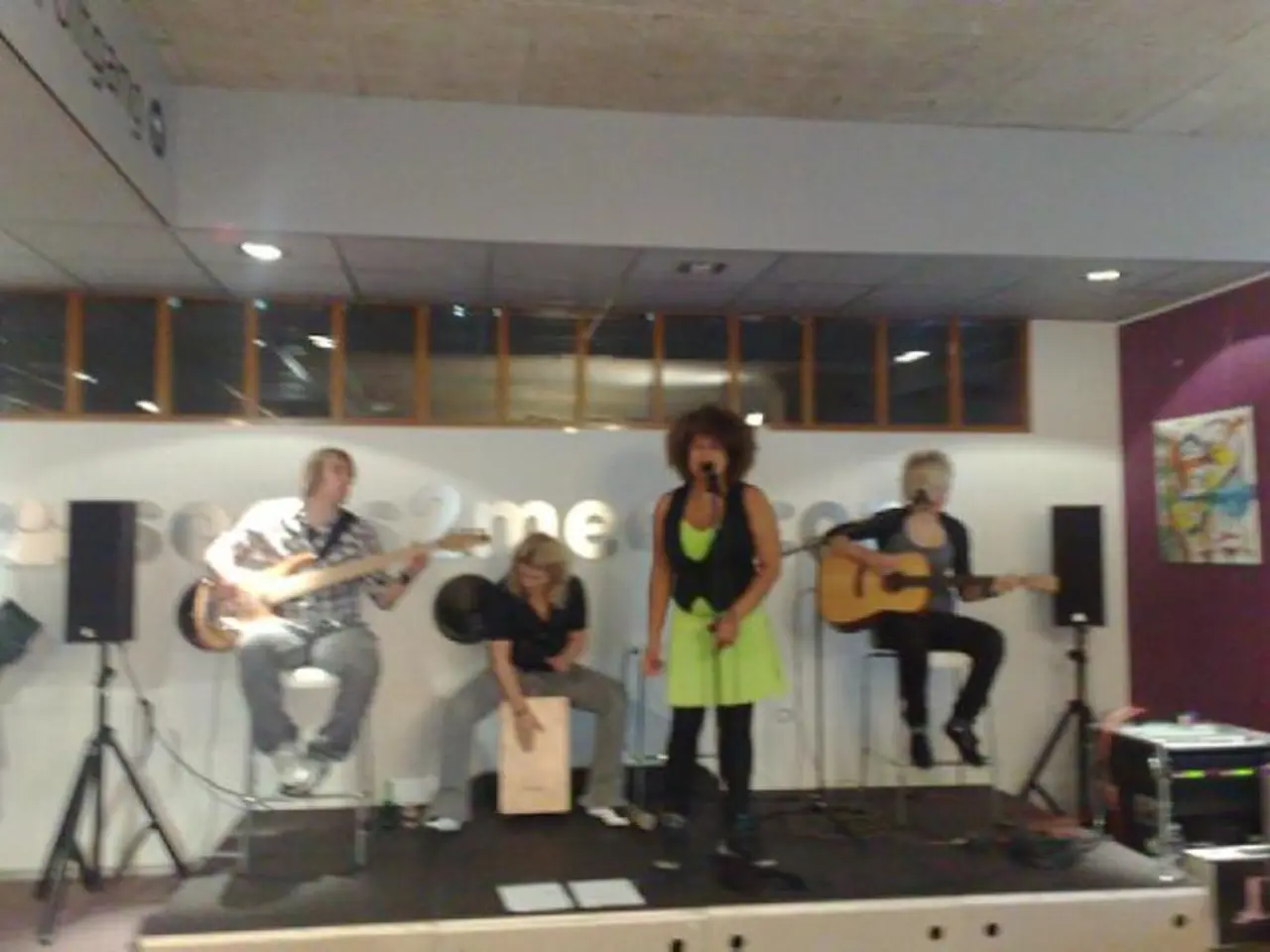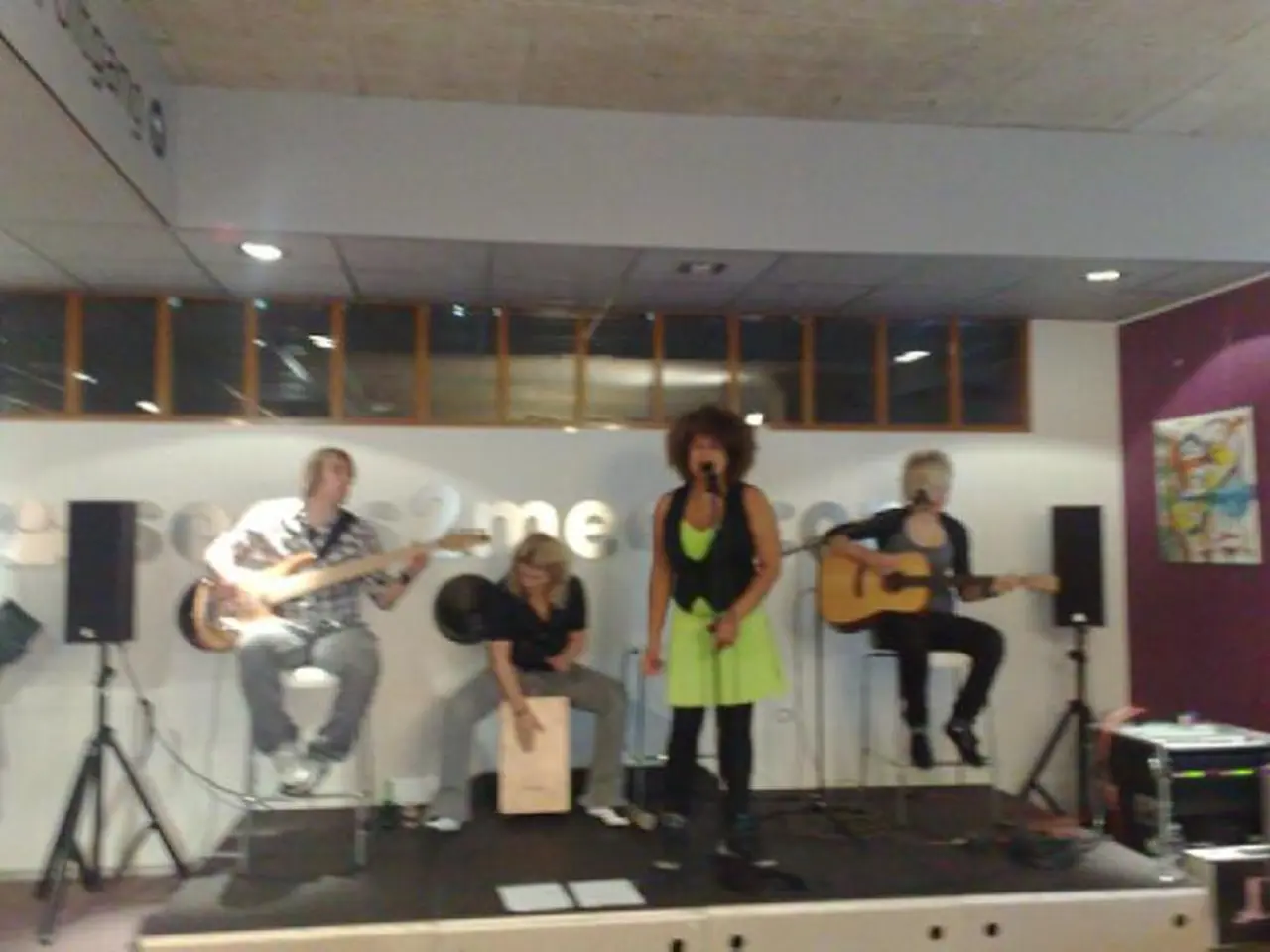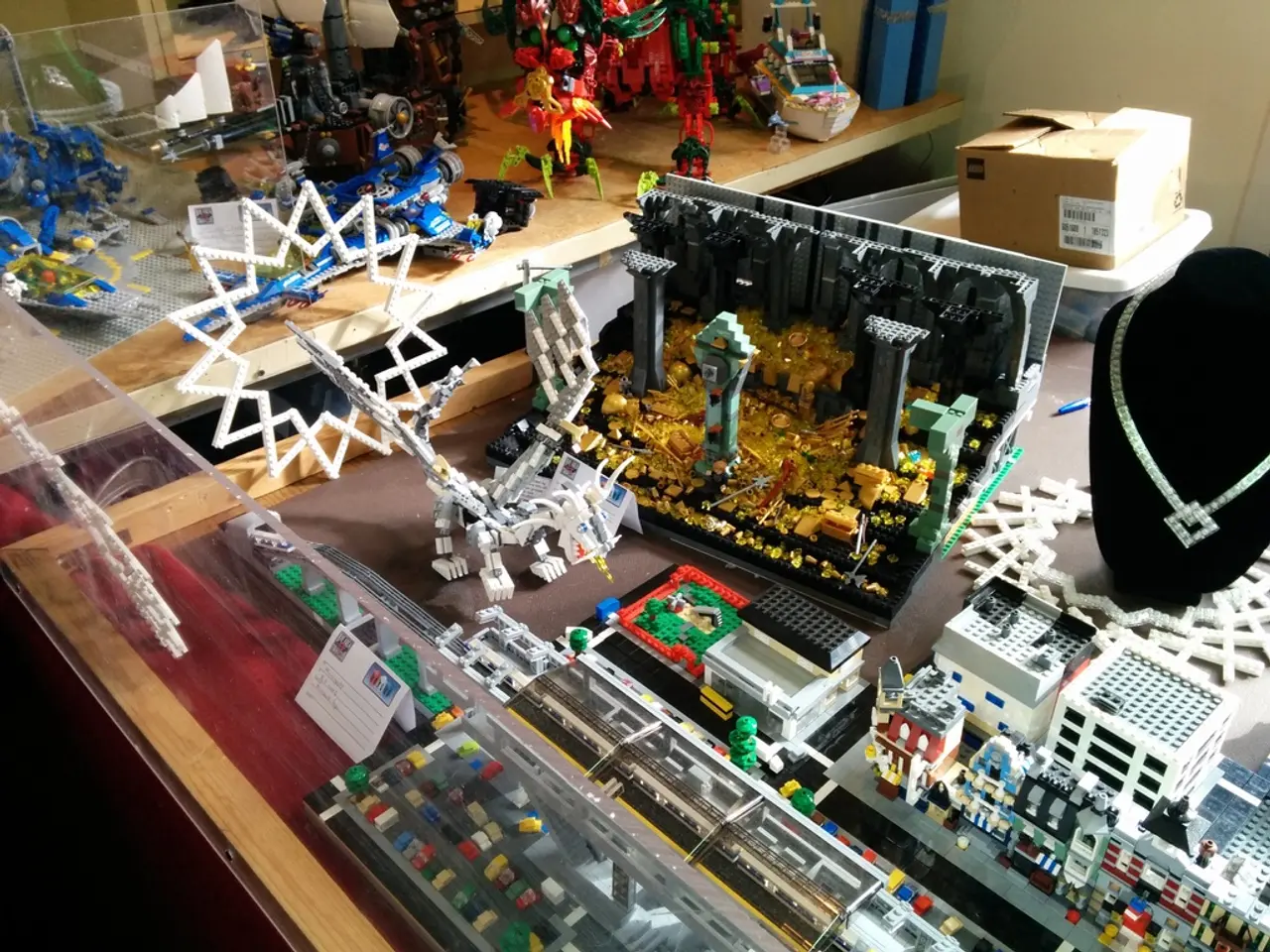Interview with AJA Video: Highlighting Color Management and Look Management
In a 10-minute Executive Q&A video, Tim Walker, senior product manager for color management products and HDR solutions at AJA Video, discussed the intricate color and look management issues that have arisen due to the introduction of various production developments.
The current production landscape involves a mix of Standard Dynamic Range (SDR) and High Dynamic Range (HDR), which affects the production pipeline in terms of color and look. This is particularly evident in live sports, entertainment productions, episodic TV shows, and other programs where maintaining consistent visuals across multiple cameras is crucial to convey the producer's vision and create specific moods and emotions among the audience.
One of the main challenges in this context is matching different camera types. Specialty cameras, drone cameras, and digital cinema cameras with cinematic lenses have distinct color science and characteristics that complicate color matching across multi-camera setups.
Another challenge is managing the look for Cine Live productions, which blend cinematic techniques and digital cinema cameras into live workflows. This demands careful color and look management to retain the desired mood and cinematic quality while ensuring consistency and realism.
The emergence of HDR further complicates the production pipeline. HDR content demands handling larger dynamic range and color volumes. The simultaneous delivery to SDR and HDR audiences requires sophisticated color space transformations, tone mapping, and LUT (lookup table) creation that work correctly in both formats without compromising image quality or creative intent.
Accurate color management across extreme luminance ranges (up to 4,000+ nits for HDR) strains calibration and probe measurement tools. There are industry debates on methods such as using ND filters on probes to extend measurement capabilities without affecting color accuracy.
Software integration also plays a significant role in managing these complexities. Editing tools like Adobe Premiere Pro support automatic color management for wide-gamut camera raw and log media, simplifying multi-format workflows. However, the nuances of grading and conversion in SDR-HDR mixed projects require careful configuration and ongoing adjustment.
Collectively, these challenges require sophisticated workflows, tools like AJA’s ColorBox, and experienced color management professionals to ensure consistent visual storytelling across the expanding diversity of camera inputs and viewing environments.
In conclusion, the rise of Cine Live and specialty cameras in a mixed SDR-HDR workflow heightens the complexity of color management due to variances in camera color science, the need for maintaining unique looks, and the technical difficulties of delivering high-quality image results simultaneously for SDR and HDR audiences.
- Tim Walker, in a 10-minute Executive Q&A video, delved into the complex color and look management issues that have surfaced due to the mix of SDR and HDR in broadcast production.
- Live sports, entertainment productions, episodic TV shows, and other programs with multiple cameras necessitate consistent visuals to convey the producer's vision and invoke specific moods and emotions among the audience.
- Matching different camera types, such as those with unique color science and characteristics from specialty cameras, drone cameras, and digital cinema cameras, is one of the main challenges in this context.
- Cine Live productions, which combine cinematic techniques and digital cinema cameras into live workflows, call for careful color and look management to preserve the desired mood and cinematic quality while ensuring consistency and realism.
- The emergence of HDR content has further complicated the production pipeline, as it requires managing larger dynamic ranges and color volumes, as well as sophisticated color space transformations, tone mapping, and LUT creation that work accurately in both SDR and HDR formats.
- Accurate color management across extreme luminance ranges strains calibration and probe measurement tools, leading to debates on methods like using ND filters on probes to extend measurement capabilities without impacting color accuracy.
- To address these challenges, sophisticated workflows, tools like AJA’s ColorBox, and experienced color management professionals are essential for maintaining consistent visual storytelling across the diverse array of camera inputs and viewing environments in the expanding realm of Cine Live and specialty cameras in a mixed SDR-HDR workflow.




